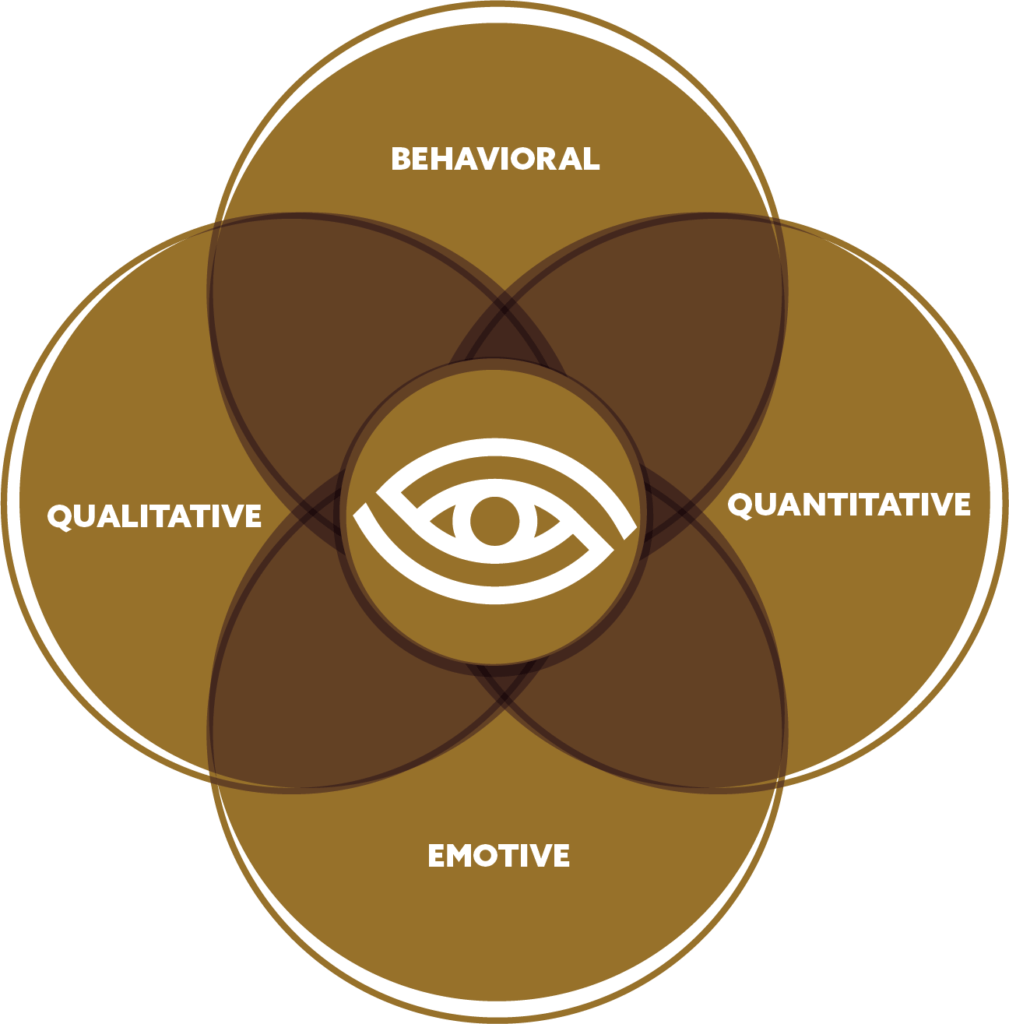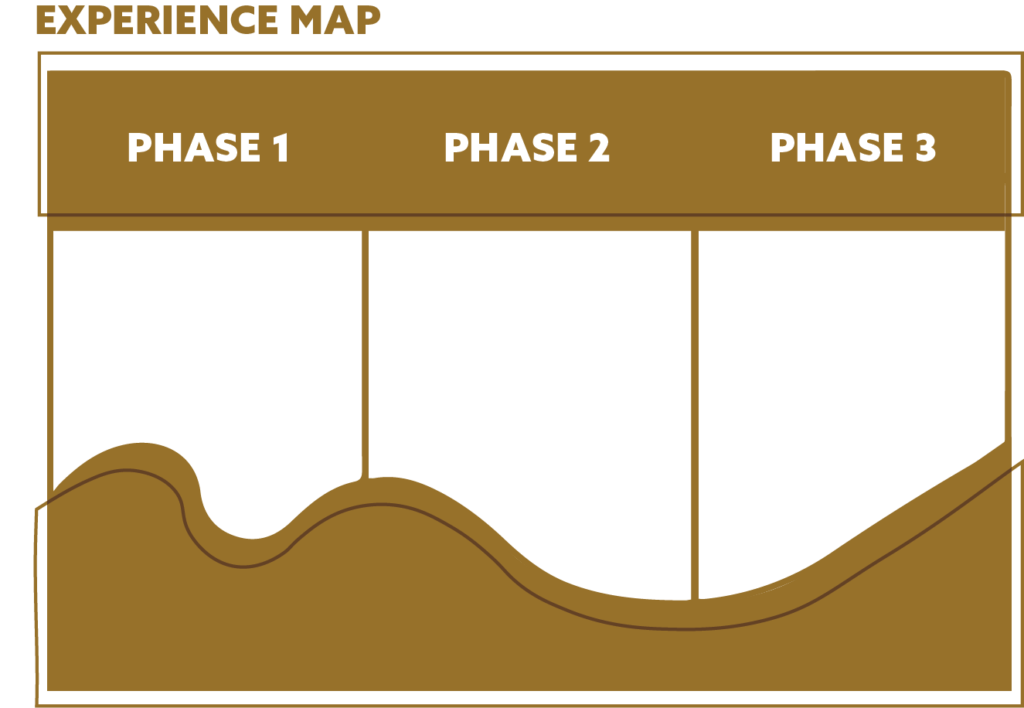August 14, 2020
The Four Lenses of Building Effective Customer Journeys
Nate Hook

To really understand your customers, you have to really see them.
Sounds simple enough as a well-tread maxim, but if your business owes a lot of its success to the experience your website or mobile app delivers, then truly seeing and understanding your customer can make or break your success.
This is where the user experience (UX) discipline and customer journey mapping come to bear on the challenge, and where marketing professionals within an organization can play a vital role as subject matter expert on the makeup of your customers.
UX journey mapping is a distillation of the customer experience aimed at empowering a deeper understanding of how unique types of customers engage with your brand to achieve their goals. These encapsulated visualizations let you see a higher resolution image of who they are, how they feel, and what actions they take. Each aspect of the UX journey mapping process adds a lens to the complex nature of customer interactions, and brings clarity for value-based decisions on the performance of the outcome.
The 4 Customer Journey Mapping Lenses

Journey and experience mapping takes into account 4 primary lenses that create a clearer picture of customers:
• Behavioral – what customers do, what actions they take
• Emotive – what customers feel and say
• Qualitative – how and why they do things
• Quantitative – measuring customer dimensions and actions
These lenses create an axis of context, and a framework for seeing the customer journey in ways we might not have previously understood. We want to know the most we can about customers we plan to build something for, and we need to be able to see them clearly in these 4 dimensions.
So now that we have established how we need to see them, we need to establish what we need to see. The “what” takes shape in creating customer journey maps that use customer personas, or fictional customer prototypes, and utilize them in specific types of journey map visualizations.
There are 4 essential types of journey maps that utilize these lenses:

• Empathy Maps – are a kind of journey mapping tool that frames a shared understanding about a unique customer persona. These kinds of maps are split into 4 quadrants: Says, Thinks, Feels, Does. While not sequential to what actions the customer persona might take, it shows their perspective while a part of an experience or outcome. Through it we achieve a more empathetic view, especially when used to delineate customer interview research.

• Interaction Journey Maps – are a visual breakdown of the process a customer persona travels in order to achieve goals tethered to a specific service or product. This type of map can establish pain points customers have, and what needs are present as a part of their journey. These maps are chronological, and divided into various swim lanes that capture journey criteria across a set of definable phases of the user journey. The resulting grid matches the phases with customer emotions, behaviors and actions, mental models to create slices of the decision cycle for a top-down understanding of the process.

• Experience Maps – create a visual depiction of an entire experience, or outcome, as it applies to a generic person or user. This type of map creates an agnostic view of a product or service and establishes a mental model for behavior across the experience as a baseline. It is often mapped prior to creating a product or service specific interaction journey map to frame a process that can take into account more than one kind of customer persona.

• Service Blueprint Maps – these are maps that pair with journey maps but focus on internal employees and processes that happen in conjunction with or as a result of customer actions. These maps are critical in complex scenarios where two or more products or services are combined, and in instances where organizationally multiple touchpoints create cross functional coordination. Service blueprints are created from the business point of view and are powerful tools in unlocking opportunities for optimizing funnels in the overall experience.
Customer journey mapping is fundamental to creating the right experience for your customers, and through that alignment, it becomes critical to achieving success for the organization. Optimizing your investment nearly always means seeing and understanding something better, and that is at the core of this kind of UX work. This work is also a tool to bring about important collaboration within your organization, and can lead to many new discoveries along the way, uncovering opportunities that can pay dividends into the future.
If you would like to learn more, or if you’re interested in scheduling a strategy planning exercise around customer journey mapping and user experience, reach out to us for more information.
Get insights delivered straight to your inbox.